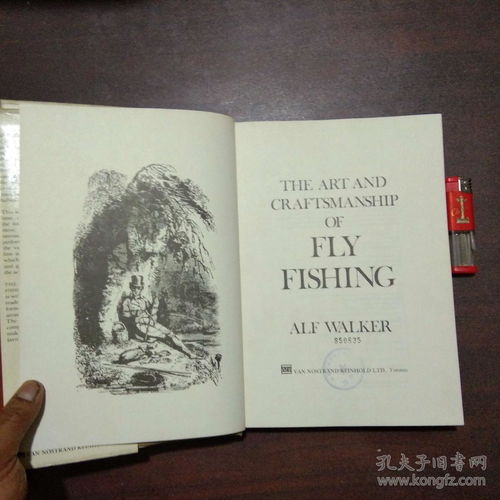Are you ready to take your fishing skills to the next level? Look no further! Foam fishing has become increasingly popular among anglers for its simplicity and effectiveness. Whether you're a beginner or a seasoned fisherman looking to expand your arsenal, this article will provide you with an in-depth guide to mastering the art of foam fishing, complete with a detailed tutorial video. Let's dive in!
Understanding Foam Fishing
First things first, what is foam fishing? It's a method where anglers use a soft foam bait that mimics natural prey such as insects, minnows, or crayfish. The buoyancy of the foam allows it to float on the surface, attracting fish that are actively feeding. The best part? You can perform a variety of retrieves and techniques with foam baits, making it versatile for different fishing conditions and species.
Why Use Foam Baits?

- Versatility: Foam baits can be used in a variety of water conditions, from calm to turbulent.
- Visibility: The buoyant nature of foam makes it highly visible to fish, especially in murky waters.
- Ease of Use: They require minimal equipment and are easy to rig and retrieve.
- Cost-Effective: Foam baits are generally less expensive than traditional lures or live bait.
Choosing the Right Foam Bait
Before you start fishing, it's important to choose the right foam bait. Consider the following factors:
- Shape and Size: The shape and size of the bait should mimic the natural prey in the area.
- Color: Bright colors are great for attracting fish in murky waters, while natural colors can be more effective in clear water.
- Weight: Heavier foam baits are better for still or slow-moving waters, while lighter ones work well in currents.
Rigging Your Foam Bait
Here's a step-by-step guide to rigging your foam bait:
- Hook Selection: Use a light wire hook, such as a #6 or #8, to prevent it from bending or getting snagged.
- Leader Material: A 12-18 inch leader of 4-6 lb test fluorocarbon line will help you present the bait more naturally.
- Attachment Method: You can attach the foam bait to the hook using a simple knot like the Palomar knot or a improved clinch knot. Ensure the bait is securely attached but not too tight, allowing it to move naturally.
Fishing Techniques
Now that you have your rig set up, it's time to learn the techniques. Here are a few popular foam fishing retrieves:
- Wiggle Retrieve: Gently twitch the rod tip to make the bait flutter and twitch, mimicking an injured prey.
- Snap Retrieve: Give the rod a quick snap, making the bait fall and then swim back up, triggering strikes from curious fish.
- Stop-and-Go Retrieve: Pause after each retrieve to allow the bait to settle, then slowly move it forward.
Advanced Techniques
For those looking to refine their skills further, here are a few advanced foam fishing techniques:
- Surface Skimming: Cast the bait across the surface, letting it ride along the top for a natural presentation.
- Subsurface Retrieve: Allow the bait to sink slightly below the surface, then twitch it back to the boat, creating a realistic swimming motion.
- Dropshot Technique: Use a dropshot rig to fish along the bottom or in vegetation, offering a more subtle presentation.
Watch the Tutorial Video
To help you visualize and understand these techniques, we've compiled a comprehensive tutorial video. In this video, you'll find step-by-step instructions on rigging, fishing techniques, and tips for successful foam fishing. From selecting the right bait to mastering advanced retrieves, this video is a valuable resource for any angler looking to improve their foam fishing skills.
Watch the Foam Fishing Tutorial Video
Conclusion
Foam fishing is a fun and effective way to catch fish, and with the right techniques and equipment, you can enjoy success on the water. By following this guide and watching the tutorial video, you'll be well on your way to mastering the art of foam fishing. Happy fishing!












